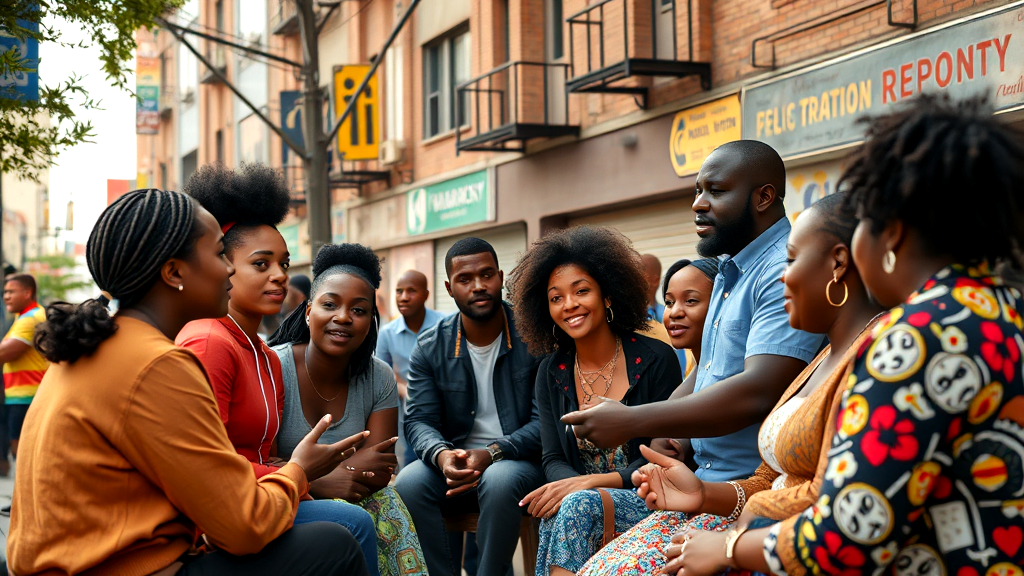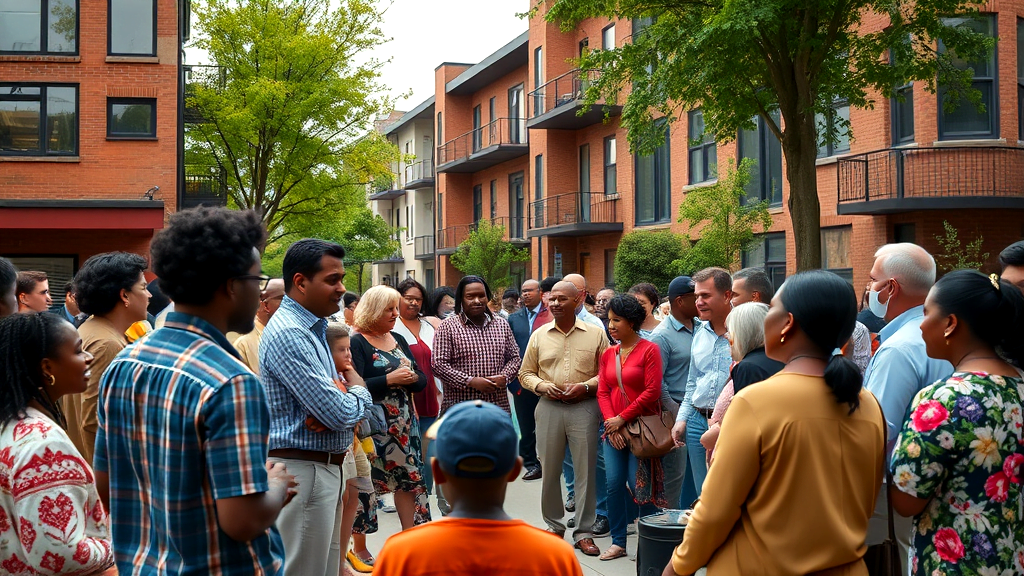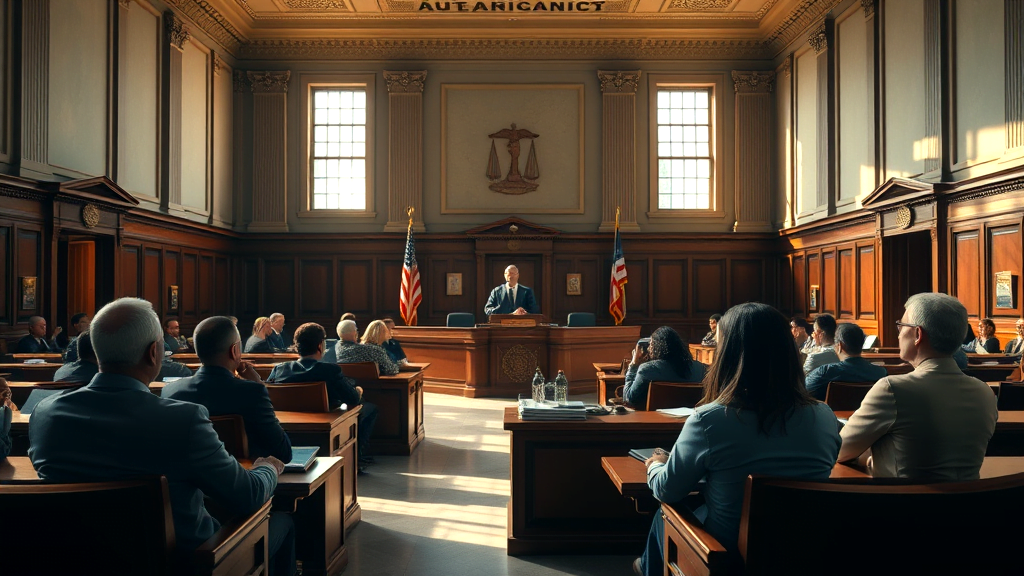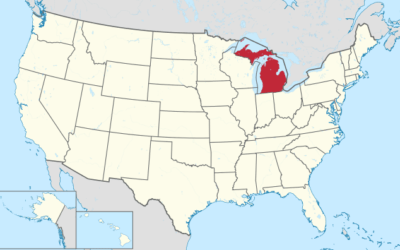Illinois’s Incarceration Overview
Illinois’s prison population has been on a concerning rise over the past 40 years. Currently, around 53,000 people are imprisoned, with another 173,000 cycling through local jails each year. That’s like the entire population of a small city! The state’s incarceration rate is 433 per 100,000 residents. This rate is higher than in many democratic countries. One big issue is racial disparities within this system. Black individuals face higher incarceration rates, pointing to systemic inequalities.
Beyond prisons and jails, Illinois’s justice system includes probation and parole. These components impact over 106,000 people. Around 77% of those jailed remain legally innocent, awaiting trial. This highlights the need for restorative justice practices. Such practices aim to repair harm rather than just punish.
Growth Trends Over Past 40 Years
Reflecting on the evolution of Illinois incarceration rates, we see an unsettling trend. Over 40 years, the prison population has ballooned, with staggering numbers behind bars. The growth in prison population data provides a sobering narrative; it’s like watching a balloon expand under pressure.
Illinois’s criminal justice system now holds a 433 per 100,000 residents rate—higher than many democratic countries. Even the population data sets hint at systemic flaws. It’s not just about numbers, though. It’s like a hidden iceberg, with racial disparities lurking beneath the surface, impacting justice system dynamics.
Exploring Illinois Humanities, one can find fascinating insights into the intersection of culture and justice. The role of restorative justice practices becomes crucial. They offer a path toward healing and reconciliation, moving beyond punitive measures. Programs like those promoted by the Polk Bros Foundation highlight the potential for positive change.

Racial Disparities in Prison Populations
The imbalance within Illinois’s prison population is a significant concern. Black individuals face an astonishingly higher likelihood of ending up in prison compared to others, underlining systemic issues that demand urgent action. Illinois’s incarceration rate is sky-high, and it’s not just about numbers. It’s about lives, families, and communities affected by the justice system’s flaws.
Imagine a world where racial fairness isn’t just a dream. Efforts like restorative justice practices aim to transform this vision into reality. They focus on healing rather than punishment, slowly mending what’s broken. It’s a lot like planting seeds for a better future, one where everyone has an equal chance.
Partners like Illinois Humanities are key players, supporting initiatives that bridge cultural understanding and justice. Such endeavors bring hope for meaningful change in the state’s justice journey.

Exploring Illinois’s Justice System Components
The components of Illinois’s criminal justice network reveal much complexity. Beyond jails, probation and parole play crucial roles, involving over 106,000 people. Yet, the dilemma persists: a whopping 77% of the jailed remain legally innocent, waiting for their trials. This shows a challenge in the pretrial process. The Illinois incarceration crisis also extends to racial imbalances within the prison population. Black individuals face disproportionately high imprisonment rates, signaling the need for reform. Efforts to use restorative justice practices reflect a shift towards healing and community involvement. New laws like the Resentencing Task Force Act aim to reshape the system, promoting fairer sentencing. Illinois Humanities contributes by fostering cultural understanding and justice dialogues. For those interested in understanding these dynamics, the Realizing Release Parole Advocacy event offers insights into decarceration efforts.
Restorative Justice Practices and Initiatives
Illinois is embracing a shift toward healing and reconciliation. By integrating community-driven initiatives, Illinois addresses the root causes of harm and trauma. Efforts focus on involving communities and fostering open dialogue, creating a space where voices matter. Legislation supports these initiatives, encouraging mediation over punishment.
Restorative practices in Illinois aim to reduce the prison population by addressing systemic issues. This shift is crucial, given the racial disparities and challenges faced by Illinois’s criminal justice system. Highlighting this, the University of Chicago’s Logan Center for the Arts plays a pivotal role in promoting cultural and societal dialogues.
Community involvement and legislative support are reshaping the future of Illinois incarceration. This holistic approach nurtures understanding and fairness within the system. By addressing the root causes, Illinois is planting the seeds for a more just and equitable society where everyone can thrive.

Impact of Legislation on Incarceration Rates
Legislative changes in Illinois directly influence incarceration trends. Recent laws aim to address underlying issues within the prison population. For instance, initiatives now prioritize fairer sentencing and rehabilitation. This approach could drastically reduce the number of individuals behind bars.
Interestingly, legislative efforts also prohibit deceptive tactics during interrogations, especially for minors. This marks a significant shift in how Illinois’s criminal justice system operates, emphasizing ethical practices. By adjusting how cases are handled, the state aims to create a fairer system.
Illinois Humanities initiatives further support these changes by promoting awareness and dialogue around these topics. Such initiatives are critical in pushing for reforms. This collaborative effort between lawmakers and communities is essential for a sustainable shift.
Ultimately, these legislative adjustments could transform the state’s incarceration dynamics, fostering a more humane and effective system.





0 Comments